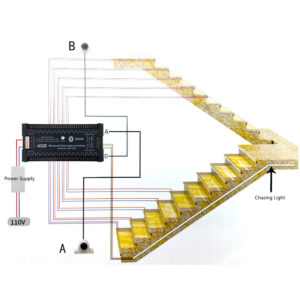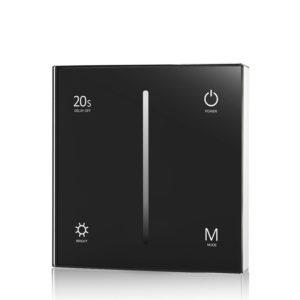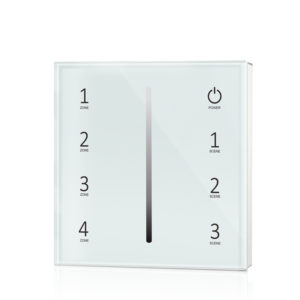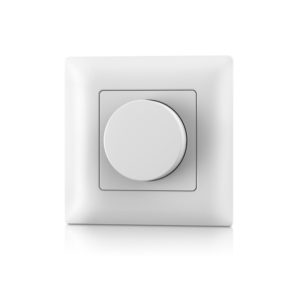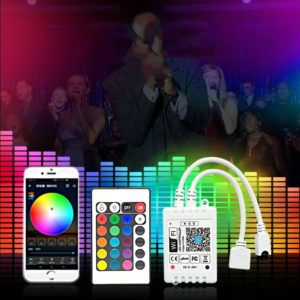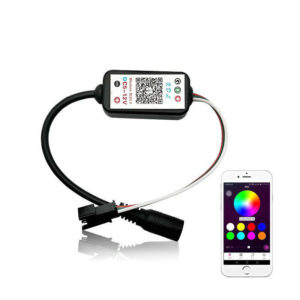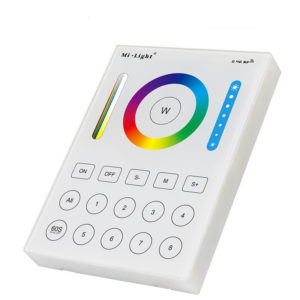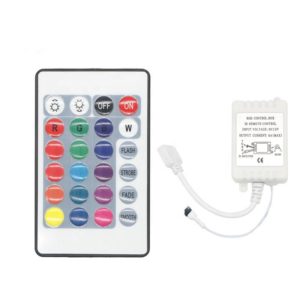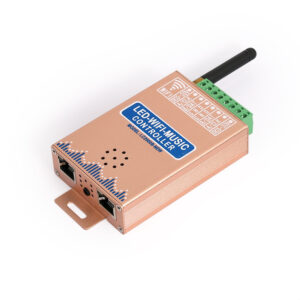Showing all 9 results
-
Automatic Bluetooth Stair LED Light Controller Human Body Sensor Smart Stair Light Controller
$55.00 -
Intelligent Lighting Dimming System Dimming On Off Smart Switches Touch Panel
$17.40 -
Intelligent Lighting Dimming System Electric Wall Switch for Home Light 4 Zones LED Strip Wall Touch Panels
$18.20 -
Knob Switch Dimmer intelligent Lighting Dimming System 12V Rotary Dimmer Switches LED Control
$13.40 -
LED Strip Controller Wifi DC5-24V WIFI RGB Strip Voice Control Music Controller for RGB Strip Light
$2.40 -
Mini LED Bluetooth Controller 5-12V Dream Color LED Strip APP Controller WS2811 Pixel
$2.30 -
Smart Home Lighting System 8 Zone RGBCCT LED Strip Color Wall Mounted Touch Panel Wifi RGBWW Controller
$22.00 -
SMD5050 3528 RGB LED Strip Light 24 Key RGB IR Remote Controller 12-24v
$1.40 -
Tuya Wifi Cascade controller for Programmable Digital LED Strip Lights synced together Control System
How many LED have types?
LED controllers come in a variety of types. Through IC processing, different controllers control switches at different positions in the LED lights circuit.
Controllers for LED lights provide smart home lighting systems for whole house, enabling different light effects, dimming, color changes, CCT, chasing colors, breathing colors, etc. Different control methods are also supported, such as wall panel touch control, wifi tuya control, bluetooth control, PIR sensor control, voice control, etc.
To make the LED emit light regularly, the LED Strip controller controls the driving circuit according to a preset program.
Depending on the product specifications, LED controllers vary in voltage, power, and light efficiency.
LED controllers are designed for use with LED strip lights and can be used to turn on or off lights or dim them.
How does the LED control?
With LED controllers, you can control the intensity or timing synchronization.overdriving of one or more light sources.
LED light controllers put you in full control of your lighting displays, allowing you to change the mood and ambience in homes, restaurants, bars, and other indoor venues. There are LED controllers that work with single-colour LED tapes, CCT LED tapes, RGBW LED tapes, and more.
LED controllers combine functionality with style by controlling up to four zones in a home or business with a single remote. Controlling and dimming the lighting in any room has never been easier. You can control your LED lights wirelessly with smart home LED controllers, giving you additional autonomy.
Whether you’re trying to create a particular ambience or you want to increase the practicality and energy-saving abilities of an indoor space, LED controllers and dimmers are a great choice.
LED controllers and light controllers enable precise control of connected light sources. It is possible with these controllers to precisely regulate the light output to achieve the optimum brightness with a low power consumption.
In addition to synchronizing light pulses and triggering image capture, flash controllers can also act as the heart of the timing subsystem. For bright, sharp, and high-contrast images, the camera and lighting are perfectly matched. When triggered, LED light is over-controlled to produce a higher light intensity.
It is especially useful in applications involving conveyor belts or other moving objects systems.

